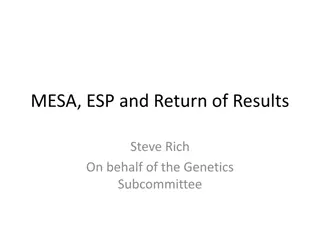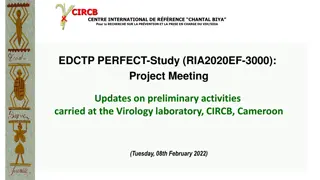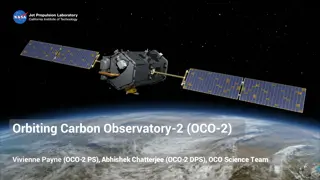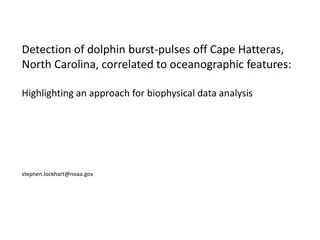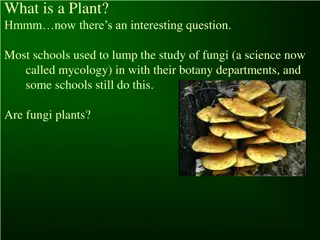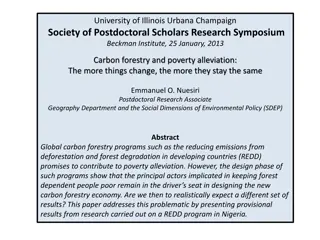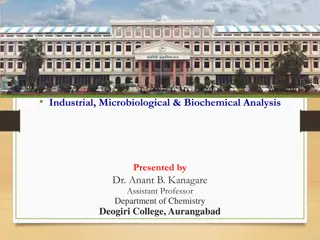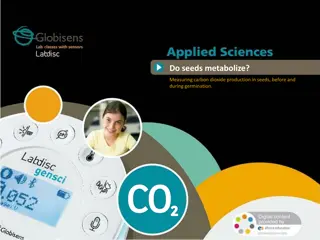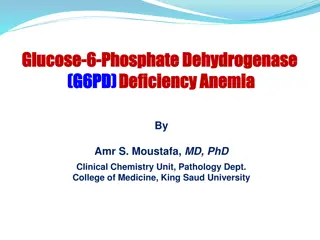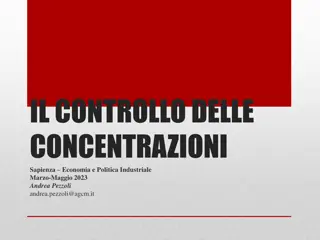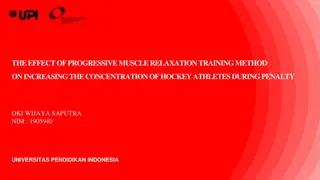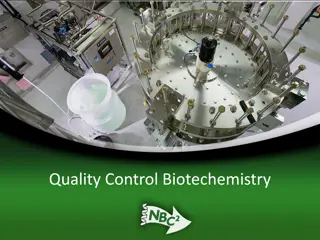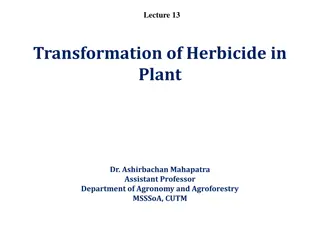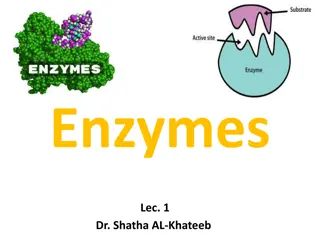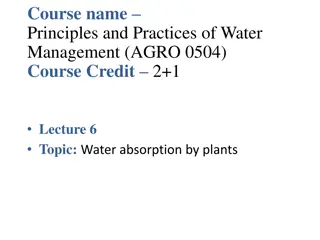Mechanisms of Carbon Concentration in Plants: Biochemical and Biophysical Variants
Biochemical and biophysical mechanisms of carbon concentration in plants involve variations such as C4 and CAM pathways in higher plants, as well as specific adaptations in algae and cyanobacteria. These mechanisms play a crucial role in efficiently managing carbon fixation processes in different types of photosynthetic organisms.
Download Presentation

Please find below an Image/Link to download the presentation.
The content on the website is provided AS IS for your information and personal use only. It may not be sold, licensed, or shared on other websites without obtaining consent from the author. Download presentation by click this link. If you encounter any issues during the download, it is possible that the publisher has removed the file from their server.
E N D
Presentation Transcript
Biochemical Mechanisms in Plants Variations on C3 photosynthesis in which the drawing down of CO2is not directly performed by RuBisCO Carbon is initially fixed as a C4 acid by phosphoenolpyruvate carboxylase (PEPC), which is delivered to RuBisCO and converted back to CO2, before being fixed as C3 compounds via the CBB cycle. Two main variants: C4 and CAM (some variants are also found in aquatic plants).
C4 and CAM - overview C4 photosynthesis is a spatial separation of the drawing down of CO2and its actual fixation by RuBisCO. This spatial separation is facilitated by Kranz anatomy. CAM is a temporal separation of the two processes, facilitated in higher plants by a specific, phased pattern of stomatal opening and closing.
Biophysical Mechanisms Variants in algae (eukaryotic) and in cyanobacteria (prokaryotic). Less well characterised than biochemical CCMs in higher plants. In algae, the main CCM component is the pyrenoid and in cyanobacteria, it is the carboxysome.
The Pyrenoid and Carboxysome Pyrenoid in algae is where most of the RuBisCO in the chloroplast is found, but is not membrane-bound. Pyrenoid is part of a CCM comprising a series of bicarbonate (HCO3-) pumps and carbonic anhydrases (to interconvert HCO3-and CO2). Carboxysome is a more clearly defined microcompartment of cyanobacterial cells and has a protein shell; bicarbonate ions are also delivered by active transport.
Summary Biochemical vs biophysical mechanisms Biochemical: C4 and CAM (higher plants and some algae); Biophysical: pyrenoid (algae) and carboxysome (cyanobacteria). Biochemical CCMs separate CO2drawdown and fixation; biophysical CCMs actively concentrate CO2 around RuBisCO by transporting HCO3-.







